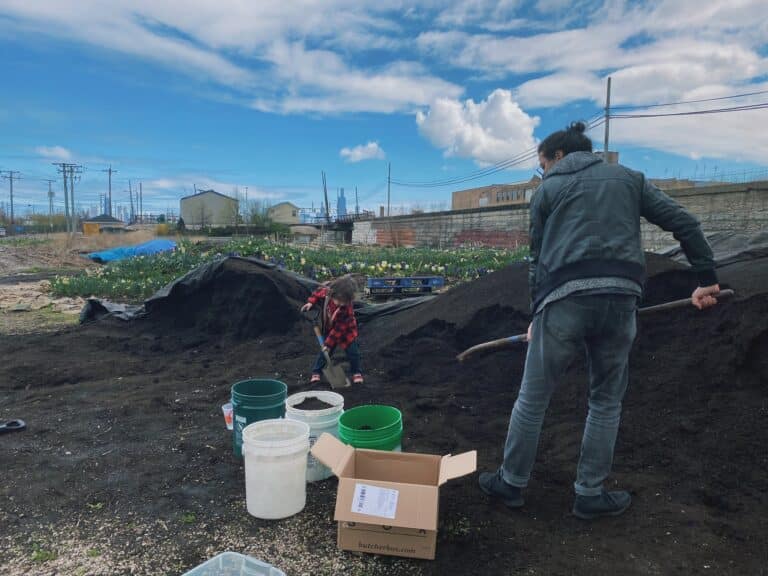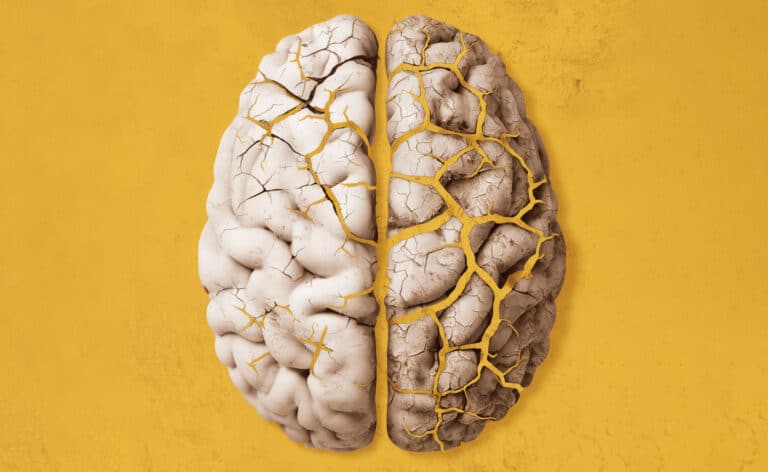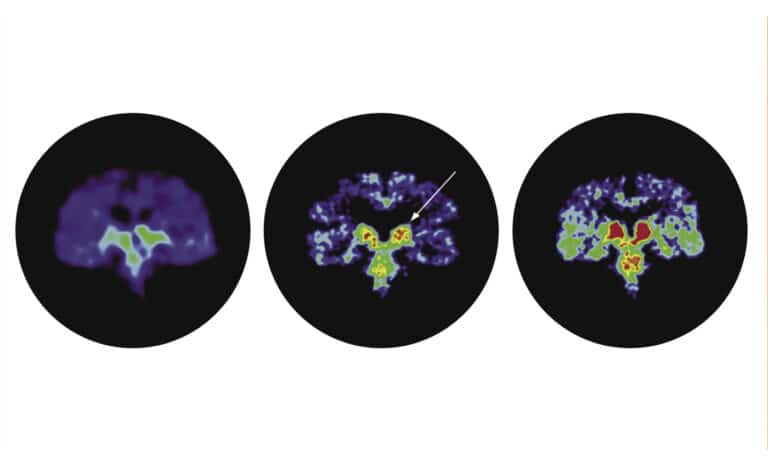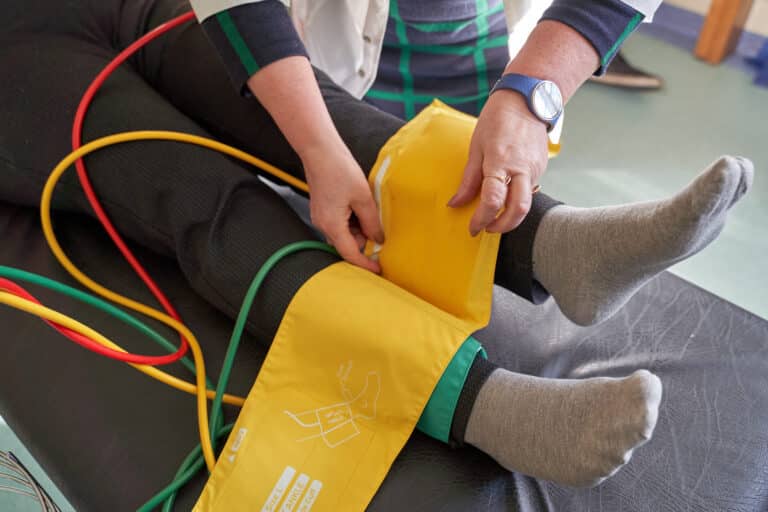Above photo courtesy of Angela Moss, PhD, Rush University Medical Center
On a sunny Wednesday afternoon in August, Maurice Harris, 29, stands in the middle of North Keeler Avenue on Chicago’s Northwest Side, with a cup and a cardboard sign, asking passing drivers for whatever they can spare. He’s not wearing a mask, though he has one in his backpack, which is propped against a street sign a few feet away.
It’s hot, and Harris isn’t convinced the masks actually do anything to halt Covid-19. “A mask can’t stop it to me if it’s in the air,” he says.
Harris was homeless when Covid-19 started, and he’s still homeless. He stays “out west” and sleeps on the CTA Blue Line.
When stay-at-home orders went into effect in Illinois in mid-March, a major hurdle immediately became apparent: Harris and thousands of others in Chicago had no home in which to stay.
“This is a scary time for people who have a roof over their head, so we all just have to imagine how much scarier this pandemic would be if we didn’t have a roof over our head,” says Mary Tarullo, associate director of policy and strategic campaigns at the Chicago Coalition for the Homeless.
On a daily basis, people experiencing homelessness battle insecurity and uncertainty; a lack of access to healthcare; and general distrust, blame, and even fear from the rest of society. Health often suffers. When finding shelter is a person’s daily priority, medical concerns fall further down the survival list. And a lack of a permanent address makes it more difficult for healthcare providers to follow up on health issues.
Covid-19 makes those challenges even worse, especially because unsheltered people don’t always have access to sinks and showers to maintain the first pillar of Covid-19 prevention: handwashing.
“Covid just exposed the horrors more clearly of what it’s like to experience homelessness,” Tarullo says. “This interplay between health and housing has never been clearer, even though it was always obviously present. Lack of housing makes your health situation much worse.”
Harris is one of about 77,000 people currently experiencing homelessness in Chicago, according to the Chicago Coalition for the Homeless. Of those, three-fourths are temporarily staying with friends or family — commonly referred to as doubling up. The remaining one-quarter stay on the streets or in shelters.
Factors such as congregate living situations, underlying medical conditions, and lack of access to medical care, put individuals experiencing homelessness at greater risk of not only contracting Covid-19 but also having complications of the disease.
Mobilizing a response
The 106 organizations that work to end homelessness in Chicago knew early on in the pandemic that the already-vulnerable population would be at greater risk from Covid-19. Nonprofit groups, local healthcare providers, and concerned individuals jumped into action, showing up in the city’s shelters and on the streets with testing and personal protective equipment.
David Ansell, MD, MPH, senior vice president for community health equity at Rush University Medical Center, was one of the first to take action, partnering with UI Health and the Chicago Department of Public Health (CDPH) to send Covid-19 testing teams into the city’s shelters to prevent spread of the disease.
“The work we’ve done in Chicago to protect homeless people from Covid protects all of us from Covid,” he says.
As of mid-June (the most current data available), testing teams had visited 30 of the city’s 50 shelters and four encampments. Of 2,576 people tested since March, 582 shelter residents and staff tested positive — a 22% positivity rate.
“At the outset of the pandemic, we saw rates of infection in the city’s shelters ranging from 15% to 65%,” says Ed Stellon, executive director of Heartland Alliance, a nonprofit anti-poverty organization that works to prevent homelessness. Many of the individuals who had Covid-19 were asymptomatic, he says. As of early August, he adds, “Rates of infection in city homeless shelters are close to zero.”
Ansell and Steven Rothschild, MD, the chair of the department of family medicine at Rush University Medical Center, also initiated a series of daily conference calls. The calls, which occurred from March to July, blossomed to include more than 100 people from across Chicago healthcare, service, and government agencies. The ad-hoc group, now called Chicago Homelessness and Health Response Group for Equity, formed because shelter providers had questions about how they should be operating in the face of Covid-19 and needed guidance.
Help for shelters
Shelters quickly got the help they needed.
Teams mobilized to reduce crowding in shelters and provide services to residents. The Chicago Department of Family and Support Services decompressed shelters, adding new facilities so people could sleep 6 feet apart. Working with the Chicago Park District, Chicago Public Schools, YMCA of Metro Chicago, and the Salvation Army, the city added 699 beds to the roughly 3,000 already-existent beds, some at women- and children-only facilities.
Shelters are now staying open 24 hours a day, too. Previously, most emergency shelters required people to check in each evening and then leave by 7 a.m. “Now we can provide more care because we know where people are,” Stellon says.
The city created a respite site for people experiencing homelessness who tested positive for Covid-19. And city officials worked with Lawndale Christian Health Center to staff shield housing — private rooms for those most as risk of Covid-19 complications — at Hotel One Sixty-Six. As of mid-June, 259 people either over age 60 or over age 55 with underlying medical conditions such as high blood pressure, diabetes, lung disease, or obesity had moved to individual hotel rooms.
The hotel began accepting people from large congregate shelters on April 2, before there was widespread testing, says Thomas D. Huggett, MD, MPH, medical director of mobile health for Lawndale Christian Health Center. In April they served 48 people who were positive for coronavirus, he says. Nine of the 48 were so sick they transferred to Northwestern Memorial Hospital. Six were intubated. All survived, Huggett says.
The experience has “exposed issues of racial inequity and the real need for permanent supportive housing,” Huggett says. The shield housing will end September 3, and staff is working to find permanent supportive housing for the 78 remaining residents.
These key efforts to help the shelters have proven successful. “Those interventions really helped a lot,” Tarullo says. “Now we’re calling on the city to continue on the successes they’ve seen with these interventions, specifically shield housing.”
Overall, the shelters’ combined infection rate of 22% dropped beginning in April to 21% and eventually to less than 2% in June, CDPH reports. In comparison, the positivity rate for the Chicago area was more than 4% in June.
Now, “being in a homeless shelter is one of the least risky places to be because they really had to confront it face-to-face,” Stellon says.
Risks and challenges
Not every homeless person in Chicago stays in shelters. There are also unsheltered people on the streets and people who live with friends or family in what often become overcrowded conditions. Each situation comes with unique challenges.
“People doubling up get no additional support during this time, even though they’re really at risk,” Tarullo says.
This is especially tricky because people often double up in overcrowded housing, which can include multiple generations and frontline workers. This puts everyone at greater risk for contracting the virus.
The shutdown — and the subsequent decrease of car and foot traffic — has affected those experiencing homelessness in other ways, says Andrea LeFlore, vice president of operations and director of education for Chicago Street Medicine.
“Those in our community who rely on panhandling to get a hotel for the evening to stay away from risky environments or who need to access food — all of those things have been uprooted with Covid-19,” LeFlore says.
Chicago Street Medicine brings medical care to people on the streets, as many can’t get to a medical facility or, once there, tend to leave against medical advice. They leave for various reasons, such as worry over an inability to pay, a need to return to their belongings, or for behavioral health reasons. Many stay on the streets because the shelter structure doesn’t work for them — especially under Covid-19’s rigid safety precautions. “If you don’t comply, you don’t get access,” LeFlore says. “That was a huge challenge in the beginning.”
Still, groups have been working hard to reach the unsheltered. Heartland Alliance outreach coordinators, for example, have been reinforcing social distancing, masking, and hygiene among the homeless population in shelters and on the streets. They also worked diligently with the city to get handwashing stations to encampments. As of mid-June, encampments with more than 10 residents had received 12 handwashing stations and portable bathrooms.
Mark McCullough, 38, homeless when Covid-19 started in Chicago, stays under a viaduct in the Old Irving Park neighborhood. Early on during the pandemic, he saw people mostly keep to themselves and not offer help. However, “There are a lot of people who still care,” he says from under his mask, adding that people often give hand sanitizer now. He says that he hopes people remember, “Black lives matter, but homeless lives matter, too.”
Neither McCullough nor Harris has seen anyone from the city or outreach groups since Covid-19 started. Though, McCullough says he was recently tested for Covid-19 at the Cook County Jail after being picked up on a warrant. The results came back negative.
Stellon at Heartland Alliance can’t help but worry about what lies ahead. “With the tragically high unemployment, we do have worries about a rise in homelessness in six to nine months,” he says.
Tarullo at Chicago Coalition for the Homeless is anticipating the same wave. “The [homeless] numbers are huge already, and we’re going to see them grow if the city does not come up with proactive solutions. What we really need to address homelessness is housing, and housing costs money,” she says. “As a society, it seems like we’ve thrown our hands up. We’re over this when it’s really not over, so the city needs to do everything they can.”
And that’s why Ansell says instead of imagining a return to “normal,” healthcare providers need to envision a different way forward, regardless of Covid-19. “We have to think of this community health work as being as central to our surgeries, our regular office hours, the normal things that we do. We have to envision a future where these things are not separated but integrated.”
Harris, for now, is more interested in living in the present. He says he doesn’t worry too much about getting sick, but if he does, he’d go to John H. Stroger, Jr. Hospital of Cook County. “I know my body, so if something is different, I’d know,” he says, and then adds, “If it’s your time, it’s your time.”
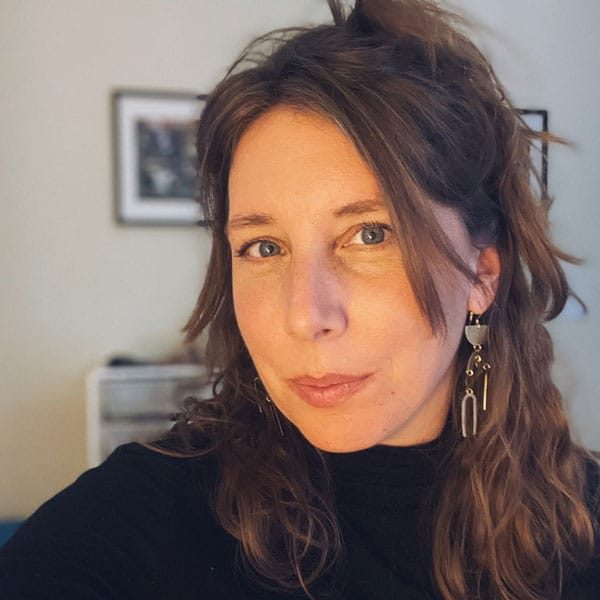
An award-winning journalist, Katie has written for Chicago Health since 2016 and currently serves as Editor-in-Chief.



